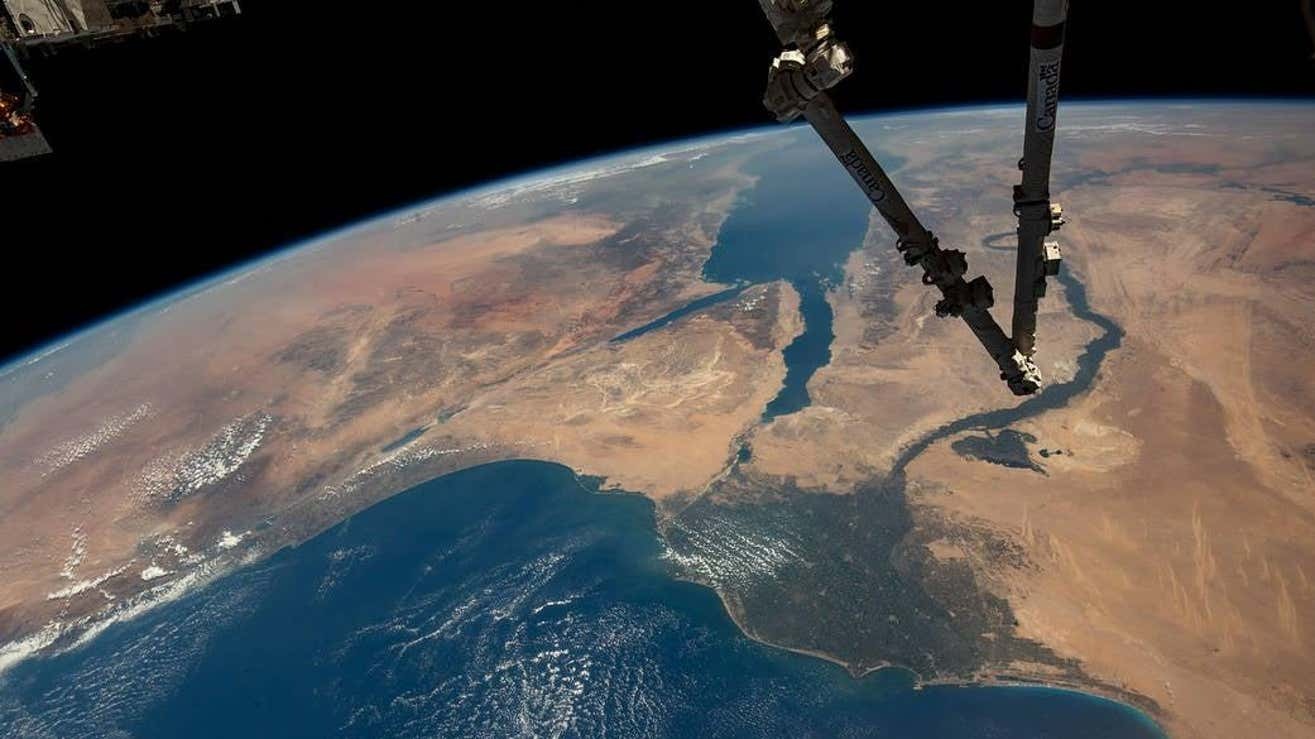Due to damage to four of the 15 underwater communication cables in the Red Sea, telecommunications providers are now forced to look for an alternative, as this has caused disruption to network traffic. Satellite operators have intensified the use of their space resources to redirect Internet traffic. The combination of underwater and orbital communications can be the optimal solution for further development.

According to Hong Kong-based telecommunications company HGC Global Communications, this affected a 25% drop in traffic between Asia, Europe and the Middle East. The cause of the damage remains unknown. The company noted that it was working to fix this exceptionally rare case. Although HGC did not specify a specific reason, a representative of the US National Security Council blamed the anchor of a cargo ship that was sunk by the Houthi group in Yemen. Nevertheless, the Houthis deny any involvement in the incident.
Regardless of the reason, satellite companies have exploited the use of space resources to redirect Internet traffic. Satellite operators such as Intelsat are providing a backup connection to fill gaps in dangling cables, SpaceNews reports.
Intelsat maintains 52 communications satellites in orbit, which provide broadband Internet access and provide airline passengers with in-flight communications. Other companies such as Eutelsat OneWeb, SES and SpaceX also carry out data transmission from near-Earth orbit.
This rare incident opens up opportunities for the development of hybrid connectivity solutions that combine underwater and orbital Internet. Customers who access the Internet via both underwater cables and satellites can reconnect within 15 minutes in case of problems with the ground provider, Rhys Morgan, regional vice president of Intelsat, told SpaceNews.
The duration of the repair of underwater cables remains unknown. But experts say it can take up to eight weeks. During this time, the satellites will have to do significant work, and they may remain useful even if there is no need for emergency intervention.
Earlier, we reported on how Starlink got a 10 Gbit/s Internet tariff.
Follow us on Twitter to get the most interesting space news in time
https://twitter.comne/ust_magazine


